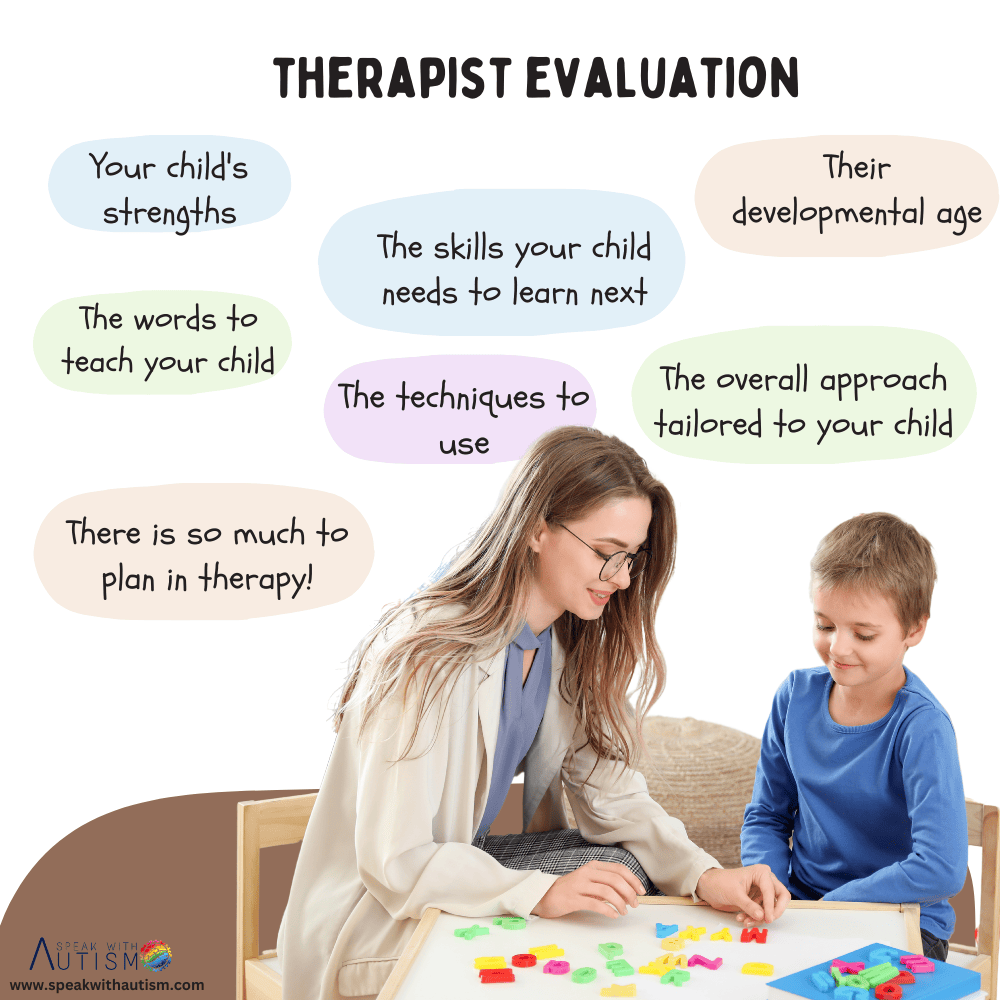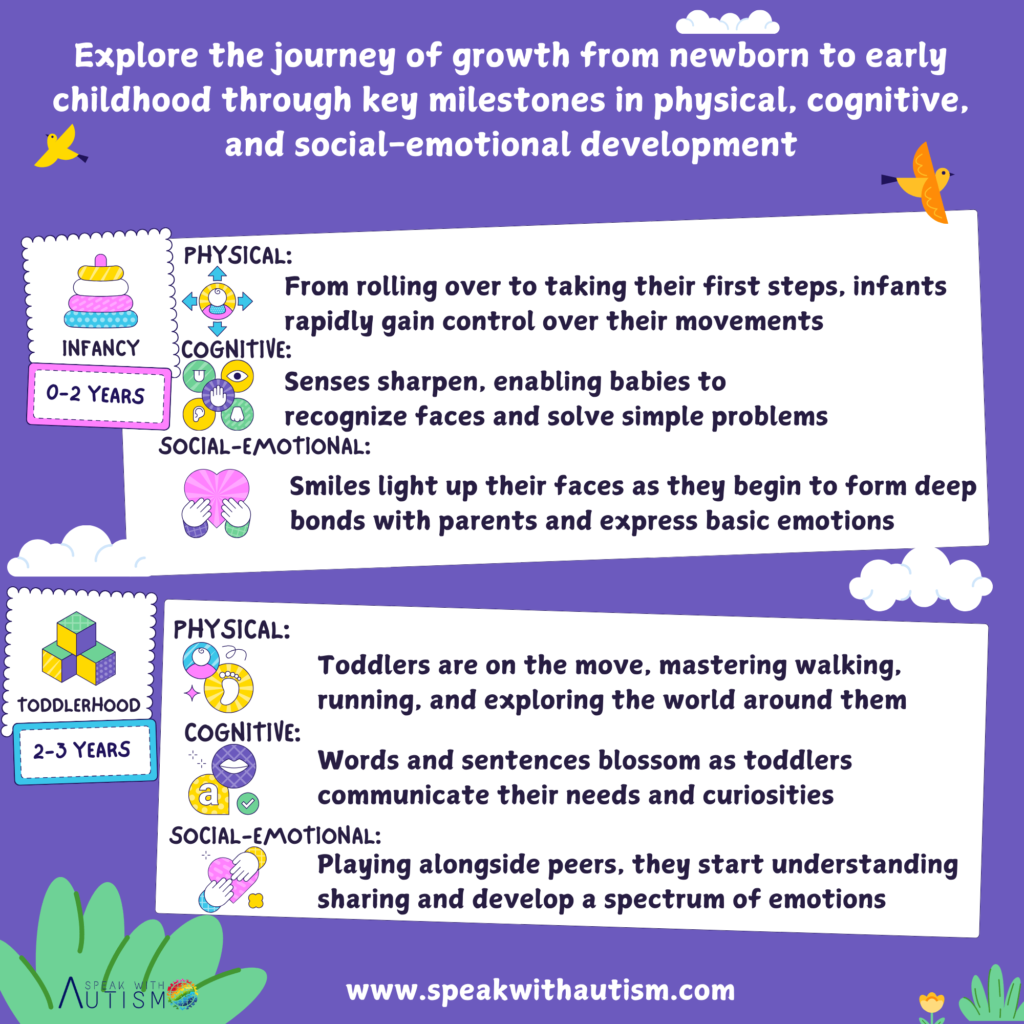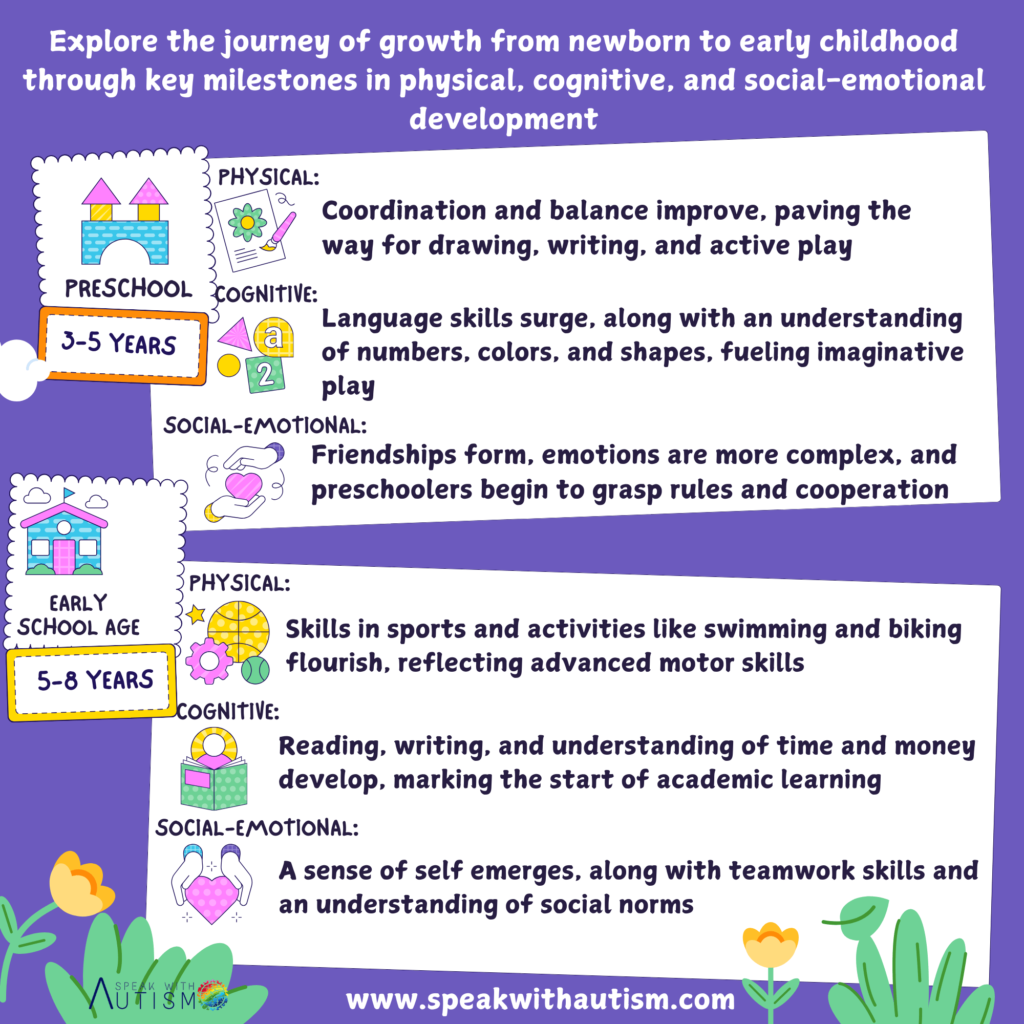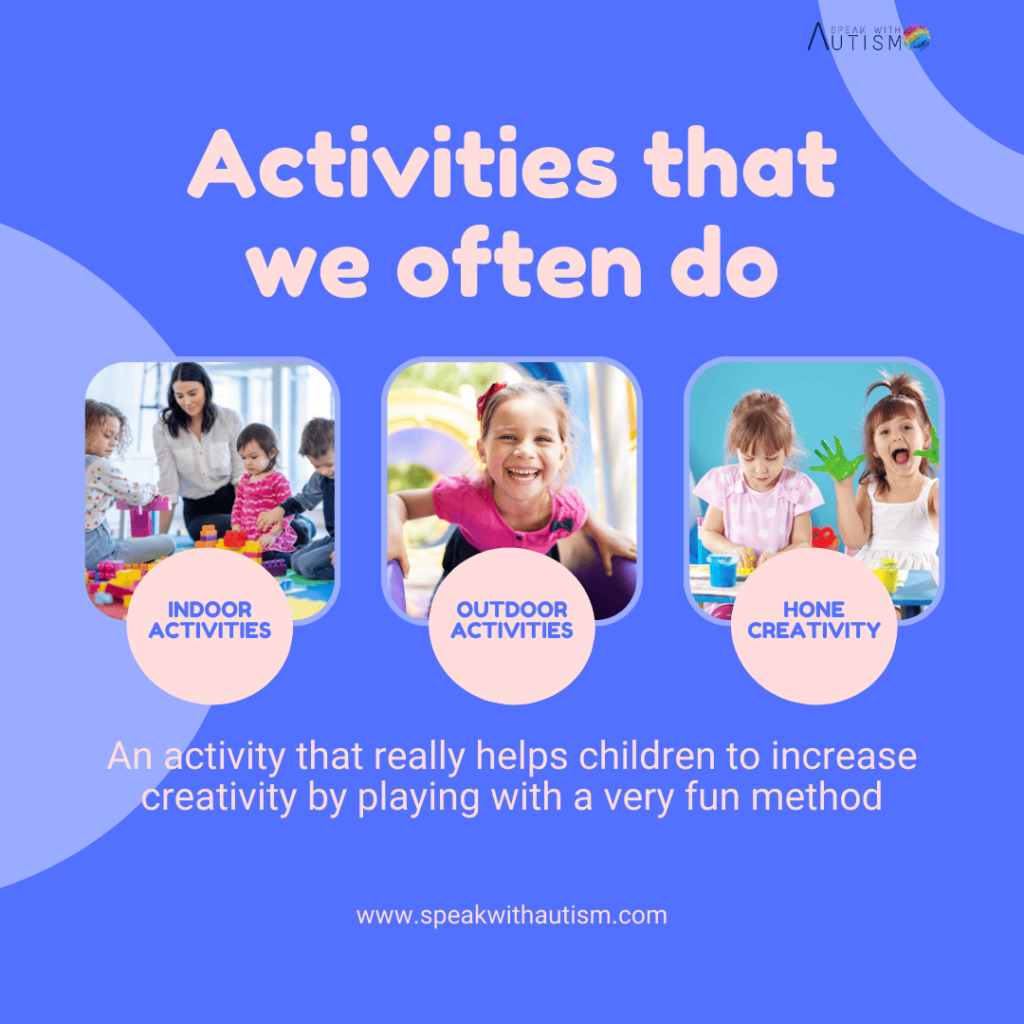Speech therapy at home can be both fun and effective. With consistent effort, the right strategies, and professional guidance, you can set your child on the path to better communication. Between 1 and 2 years of age, children typically begin to say their first words like “Mama,” “Papa,” “Bye-bye,” and other simple words. If your child is not speaking even by the age of 2 or 3 years, it can be alarming for a parent.
Table of Contents
This period is crucial for child development as, between 1 and 5 years, a child’s brain grows rapidly in size and function. The stimulation and experiences children receive during this phase significantly shape their character, abilities, and speech.
Speech Development in Children: When to Be Concerned
By the age of 5, a child’s brain undergoes tremendous development, influenced by their experiences. If your child is between the ages of 2 and 4 and has limited or no speech, this article is for you.
I’ll share strategies you can implement at home and introduce speech therapy activities to support your child’s progress. I’ll also highlight common mistakes that some therapists and parents make and explain how to avoid them.
Common Mistakes in Speech Therapy and Parent Practices
When starting speech therapy, parents often ask critical questions:
- How far has my child progressed developmentally?
- What skills do they already have, and what are they yet to acquire?
- What type of learner is my child?
- How can I best support their learning?
- What is causing the speech delay?
It’s essential to seek answers from a qualified speech therapist. While many parents turn to social media for solutions, it’s crucial to get a professional evaluation. Consistency in therapy is key—it requires time, effort, and regular follow-ups to see progress.
Steps in the Speech Therapy Process
Speech therapy typically involves two key steps:
- Evaluation
- Plan and Intervention
During the evaluation, therapists assess the following:

- Developmental Levels: How much language can your child comprehend? (you can see in the below picture)
- Ability to Follow Directions: Can they understand and act on simple instructions?
- Receptive and Expressive Language: What words, sounds, or actions can they produce or imitate?


Between 0 and 2.5 years, children learn by observing, playing, and interacting with their environment. A formal evaluation identifies delays and helps bridge gaps with proper intervention. Delaying therapy can widen these gaps, so early action is essential.
General Strategies for Speech Therapy at Home
- Offer Choices
Encourage decision-making by giving options. For instance, show a cookie and a grape, asking, “Do you want a cookie or a grape?” Reinforce their choice by responding, “Yes, cookie!” - Increase Visual Engagement
When your child points to an object, label it. For example, if they point to milk, say, “Milk, cup, drink,” while showing the object and action. - Avoid Unethical Withholding
Don’t force your child to communicate by withholding essentials. Instead, model the correct words and provide the item, making learning stress-free. - Model Over Prompting
Focus on demonstrating language naturally. For example, if they want chips, say, “Chips, eat chips,” rather than constantly prompting, “Say chips.” - Create a Language-Rich Environment
Talk to your child throughout the day. Describe activities, feelings, and surroundings. For example, “Look, it’s raining outside,” or “Wow, the flowers are so colorful!”
8 Speech Therapy Activities for Children

- Row, Row, Row Your Boat
Place your child in a large bucket and sing “Row, Row, Row Your Boat.” Add sensory input by shaking a drum rhythmically as you sing. - Peekaboo Games
Use a box or car to play peekaboo. Surprise them with phrases like “Peekaboo!” to build joint attention and engagement. - Building Towers
Stack large blocks or containers while counting aloud. Let the tower fall for added excitement and learning. - Bubble Fun
Blow bubbles and encourage popping. Use words like “pop,” “catch,” or “run” during the activity. - Running and Catching Games
Play chase games and teach phrases like “One, two, three, go!” This strengthens social connections and teaches cause and effect. - Tickle Time
Use gentle tickling under the arms or feet while introducing phrases like “Tickle, tickle!” to create fun interactions. - Introduce Fun Phrases
Teach social phrases like “Let’s play together!” or “Come catch me!” during games to enhance their vocabulary naturally. - Engage With Parents
Encourage interaction with your child by playfully expressing emotions like laughing or pretending to cry, making it fun and engaging for them to connect with you.
If you have any questions, don’t hesitate to reach out—I’m here to support you!
Frequently Asked Questions
At what age do children typically begin speaking their first words?
Between 1 and 2 years of age, children usually start saying their first words like “Mama,” “Papa,” and “Bye-bye.
What should a parent do if their child is not speaking by age 2 or 3?
If a child is not speaking by this age, it is essential to seek professional help, as this period is crucial for brain development and speech formation.
Why is the period between 1 to 5 years critical for speech development?
This is when a child’s brain develops rapidly in size and function, and the experiences they receive during this time shape their character, abilities, and speech.
What common mistakes do speech therapists and parents make?
Many follow ineffective strategies, such as withholding items or over-relying on prompts, which can hinder natural learning.
What are the initial steps in the speech therapy process?
The first step is an evaluation to assess the child’s developmental levels, followed by creating a personalized plan and intervention.
What are key areas to evaluate in children with speech delays?
Evaluation should focus on their understanding of language, ability to follow directions, receptive and expressive language, play skills, and imitation abilities.
How can parents encourage speech development at home?
Parents can:
1) Offer choices to encourage decision-making.
2) Increase visual engagement.
3) Model correct language instead of over-prompting.
4) Create a language-rich environment.
What role does play have in speech therapy?
Play helps children learn through observation and interaction, making it an essential tool in teaching imitation, cause-effect relationships, and communication.
Why is early intervention critical for speech delays?
Addressing delays early prevents gaps from widening and helps children achieve age-appropriate milestones more effectively.
What activities can parents use to support speech development?
Some effective activities include:
1. Singing songs like “Row, Row, Row Your Boat.”
2. Playing peekaboo or building towers.
3. Engaging in bubble play or running games.
4. Encouraging fun phrases during games.
These strategies and professional guidance can significantly improve a child’s speech and language skills.
